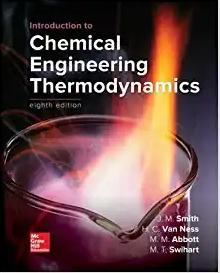Question
An actuator used to precisely adjust the position of a low mass microscope lens is fabricated from a stack of 30 circular piezoelectric ceramic discs
An actuator used to precisely adjust the position of a low mass microscope lens is fabricated from a stack of 30 circular piezoelectric ceramic discs (see table below for material parameters), each with a diameter of 20 mm and a thickness of 1 mm. Calculate the displacement (in nanometers) that can be generated by the actuator when a voltage of 1,073V is applied. You may assume that the lens has a negligible mass. Please show your workings clearly and state any assumptions made in your supplementary workings that you can upload in the next question.
| Parameter | Value |
| Piezoelectric coefficient (d33) | 33710-12C/N |
| Relative permittivity | 3300 |
| Youngs modulus | 4.11010 Pa |
| Curie Temperature | 218oC |
| Dielectric breakdown strength | 2.8 kV/mm |
An actuator used to precisely adjust the position of a low mass microscope lens is fabricated from a stack of 30 circular piezoelectric ceramic discs (see table below for material parameters), each with a diameter of 20 mm and a thickness of 1 mm. Calculate the displacement (in nanometers) that can be generated by the actuator when a voltage of 1,073V is applied. You may assume that the lens has a negligible mass. Please show your workings clearly and state any assumptions made in your supplementary workings that you can upload in the next question.
| Parameter | Value |
| Piezoelectric coefficient (d33) | 33710-12C/N |
| Relative permittivity | 3300 |
| Youngs modulus | 4.11010 Pa |
| Curie Temperature | 218oC |
| Dielectric breakdown strength | 2.8 kV/mm |
Please show working out.
Step by Step Solution
There are 3 Steps involved in it
Step: 1

Get Instant Access to Expert-Tailored Solutions
See step-by-step solutions with expert insights and AI powered tools for academic success
Step: 2

Step: 3

Ace Your Homework with AI
Get the answers you need in no time with our AI-driven, step-by-step assistance
Get Started


